I mentioned in my last post that so many of the struggles and hardships that effect us are on a finite level, often just an individual struggle or a nuclear hardship involving those in our close circle.
When the smoke from the Dixie Fire first started infiltrating our clear mountain air and posing a threat, I remember looking at the map of the fire that was then around 100k acres and feeling concerned that it was coming straight towards the south side of our precious Lake Almanor. In a moment where I would usually pray for winds to shift, I found myself at a loss for words - if I prayed that this shifted in any other direction, then the homes and lives of so many I love could be devastated. There was simply no good way for it to go.
As my family increasingly felt the negative health ramifications of the heavy smoke and ash in the air, again there was this sense of communal suffering. What were our neighbors doing? Were they staying or going? Should we keep life going as much as normal, or make another plan? Do we still have the Farmers Market or cancel it? Are there elderly people who need help getting out or finding a place to stay? In a small rural community where everyone knows everyone’s business (for better and worse!), there has been an incredible sense of camaraderie through this ordeal - from the power outage at the beginning through the now weeks of evacuation. I find a certain amount of comfort knowing that we are going through this together. Which means a heavy burden can be spread across many shoulders.
I have been touched by the amount of people near and far giving to those in need - the donations, gift cards, GoFundMe accounts - all of us have benefited from the kindness of friend and stranger through this. What an incredible gift to witness humans pulling together in a time of grief! The fire chief and Sherriff, who stayed behind in our town, continued feeding our chickens and ducks as well as countless others in town until the fire got nearer and then they moved them to a safer home of some sort. Let me tell you, we have no small number of chickens……bless them for taking the time to do what we couldn’t on our way out of town!
I am filled with gratitude at the opportunity to watch human charity pour out over those of us who are displaced. We are not together as a community enjoying a warm summer evening at the Farmers Market, but we are creating a stronger community by reaching out to one another across the miles or into the evacuation camps and offering whatever service we can render or donation we can spare. It is a good reminder that there are always those in need amongst us and I hope that we can remember and hold on to the power of generous kindness when this all passes.
And we pray it passes soon.




